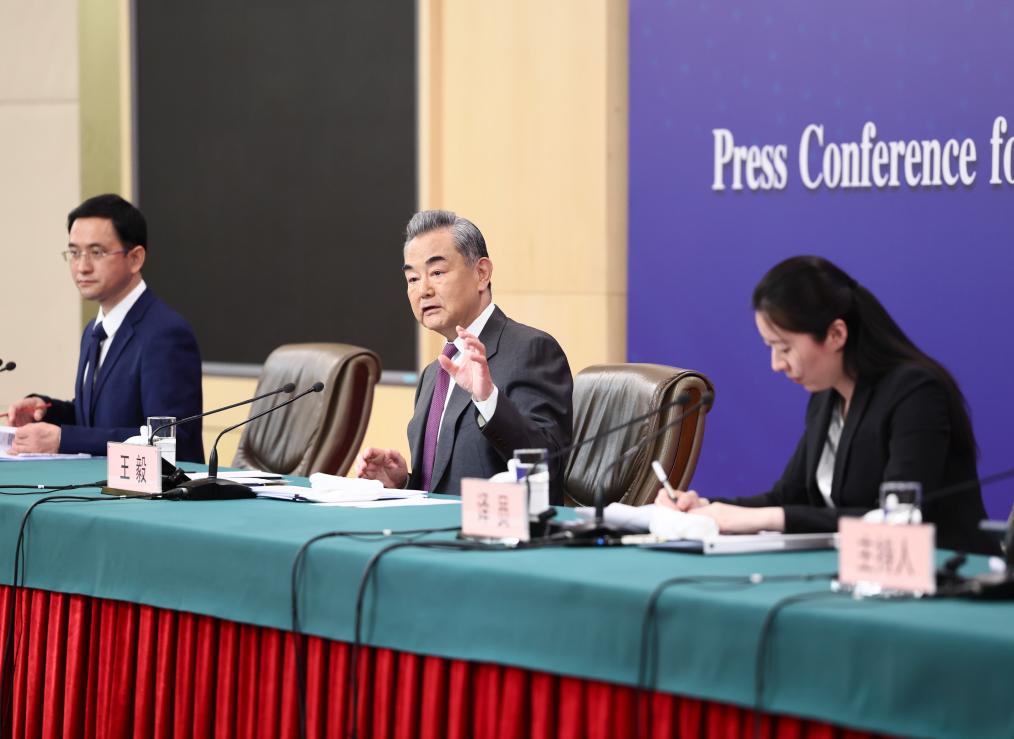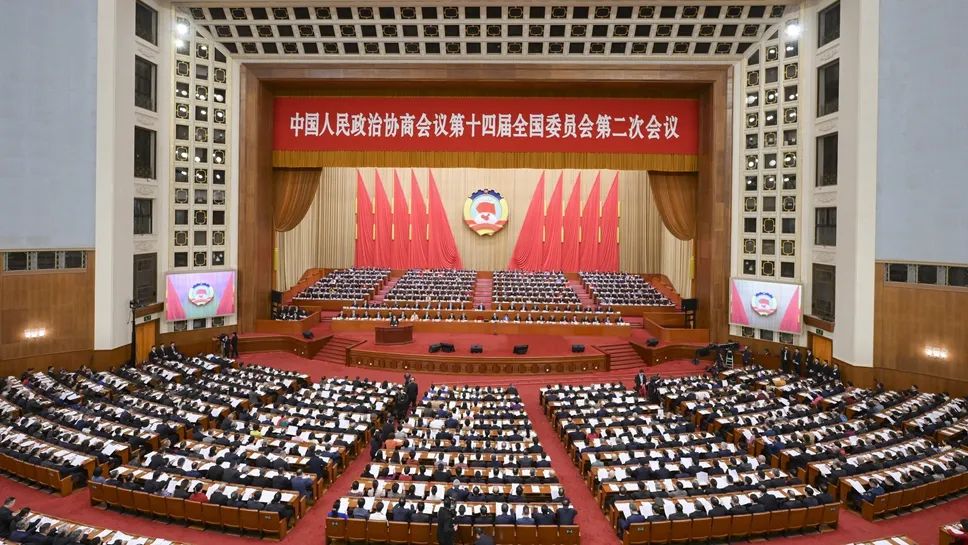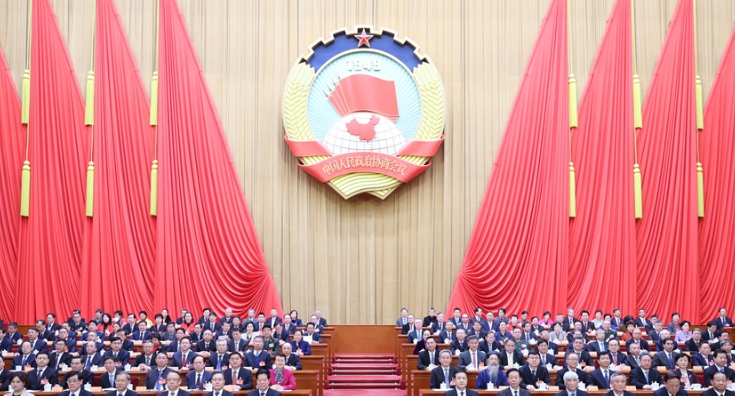世卫组织:伊朗、南亚城市空气质量最糟
WHO: Iran, South Asia worst for city air pollution
Cities in Iran, India, Pakistan and the capital of Mongolia rank among the worst on the planet for air pollution, while those in the US and Canada are among the best, according to the first global survey, released Monday by the World Health Organization.
The southwest Iranian city of Ahvaz walked away with the unfortunate distinction of having the highest measured level of airborne particles smaller than 10 micrometers.
WHO released the list to highlight the need to reduce outdoor air pollution, which is estimated to cause 1.34 million premature deaths each year. The global body said investments to lower pollution levels quickly pay off due to lower disease rates and, therefore, lower healthcare costs.
The list, which relies on country-reported data over the past several years, measures the levels of airborne particles smaller than 10 micrometers — so-called PM10s — for almost 1,100 cities.
WHO recommends an upper limit of 20 micrograms for PM10s, which can cause serious respiratory problems in humans. They are mostly sulfur dioxide and nitrogen dioxide from power plants, auto exhausts and industry.
Ahvaz's annual average of PM10s was 372 micrograms per cubic meter.
The study found that the Mongolian capital Ulan Bator had an annual average PM10s density of 279 micrograms per cubic meter, followed by another west Iranian city, Sanandaj, with 254 micrograms.
Cities in Pakistan and India, such as Quetta and Kanpur, as well as Botswana's capital Gaborone, also ranked high on the pollution scale.
WHO said the reasons for the high pollution levels varied, but that often rapid industrialization and the use of poor quality fuels for transportation and electricity generation are to blame.
At the other end of the list are cities in Canada and the United States, which benefit from lower population density, favorable climates and stricter air pollution regulation.
Yukon territory's capital Whitehorse had a yearly average of just 3 micrograms of PM10s per cubic meter, while Santa Fe, New Mexico, measured 6 micrograms.
Washington, D.C., had a level of 18 micrograms, Tokyo measured 23 micrograms, and Paris had 38 micrograms of PM10s per cubic meter.
世界卫生组织周一发布的首次全球调查显示,伊朗、印度、巴基斯坦的城市和蒙古首都是全球空气污染最严重的,而美国和加拿大城市的空气质量是最好的。
伊朗西南部城市阿瓦士不幸成为空气最糟城市,该市空气中小于10微米的颗粒物含量是最高的。
世界卫生组织发布这一排名是为了强调减少室外空气污染的必要性,据估计室外空气污染每年造成134万人过早死亡。该全球机构说,降低污染水平的投资很快能得到回报,因为污染减少能够降低疾病发生率,从而减少医疗开支。
该排名是依据各国在过去几年内报告的数据得出的,测量了近1100个城市空气中小于10微米的颗粒物(可吸入颗粒物)的含量。
世界卫生组织建议可吸入颗粒物的上限为20微克,这种体积的颗粒物将导致严重的人体呼吸系统疾病。这些颗粒物大多为发电厂、汽车工业和汽车尾气排出的二氧化硫和二氧化氮。
阿瓦士年均可吸入颗粒物含量为每立方米372微克。
研究发现,蒙古首都乌兰巴托年均可吸入颗粒物浓度为每立方米279微克,其后是又一个伊朗西部城市,萨南达杰,浓度为每立方米254微克。
巴基斯坦和印度的城市,如奎达市和坎普尔市,还有博茨瓦那首都哈博罗内,污染水平也排在前列。
世界卫生组织说,导致高污染水平的原因各有不同,不过通常是由迅速工业化及在交通和发电上使用低质量的燃料导致的。
在污染排行中最靠后的是加拿大和美国的城市,受益于较低的人口密度、优越的气候和较严格的空气污染法规。
加拿大育空特区的首府怀特霍斯年均可吸入颗粒物含量仅为每立方米3微克,而美国新墨西哥州首府圣非也只有6微克/立方米。
华盛顿哥伦比亚特区的年均可吸入颗粒物含量为18微克/立方米,东京为23微克,巴黎为38微克。
Vocabulary:
pay off:得到好结果,有报偿
PM10: particulate matter < 10 micrometers 粒径在10微米以下的颗粒物,又称为可吸入颗粒物或飘尘。
exhaust:排出的气
 天之聪教育
天之聪教育
 2012-06-19
2012-06-19
 未知
未知
 551次
551次

 点赞(0)
点赞(0)

 收藏
收藏

 收藏资讯
收藏资讯

 收藏资讯
收藏资讯

 收藏资讯
收藏资讯

 收藏资讯
收藏资讯